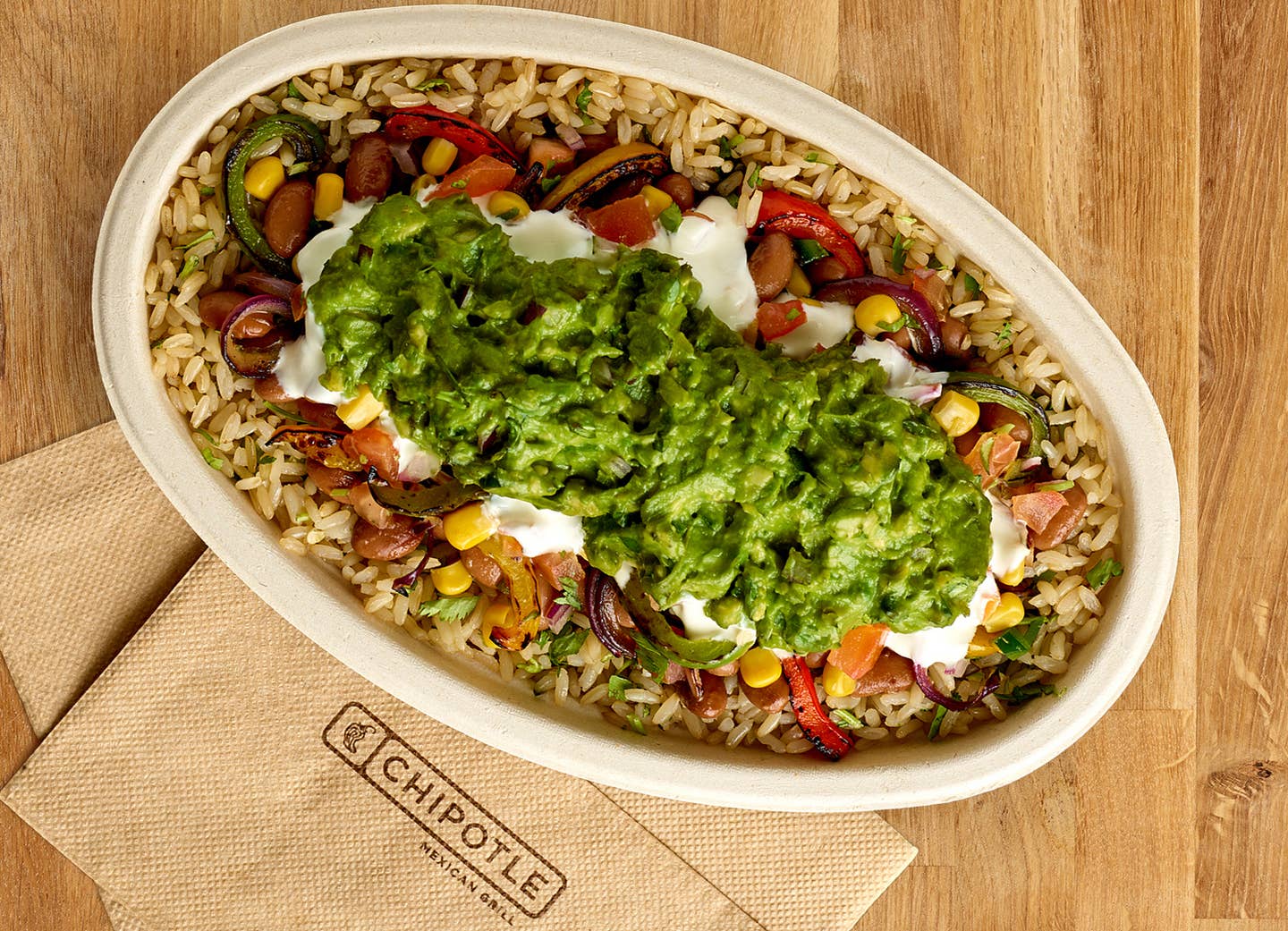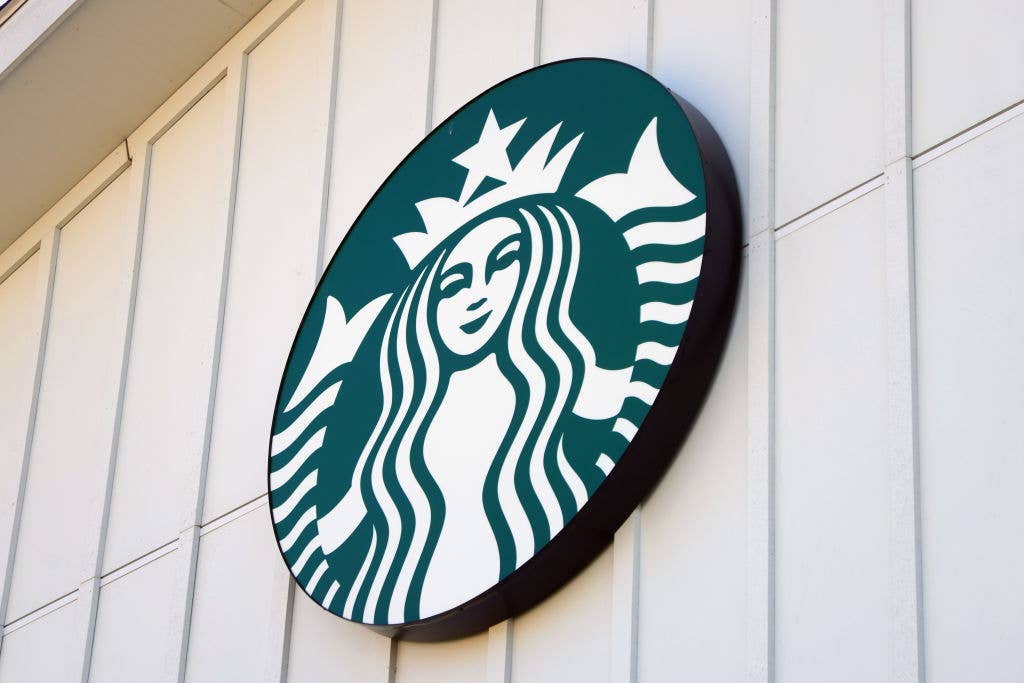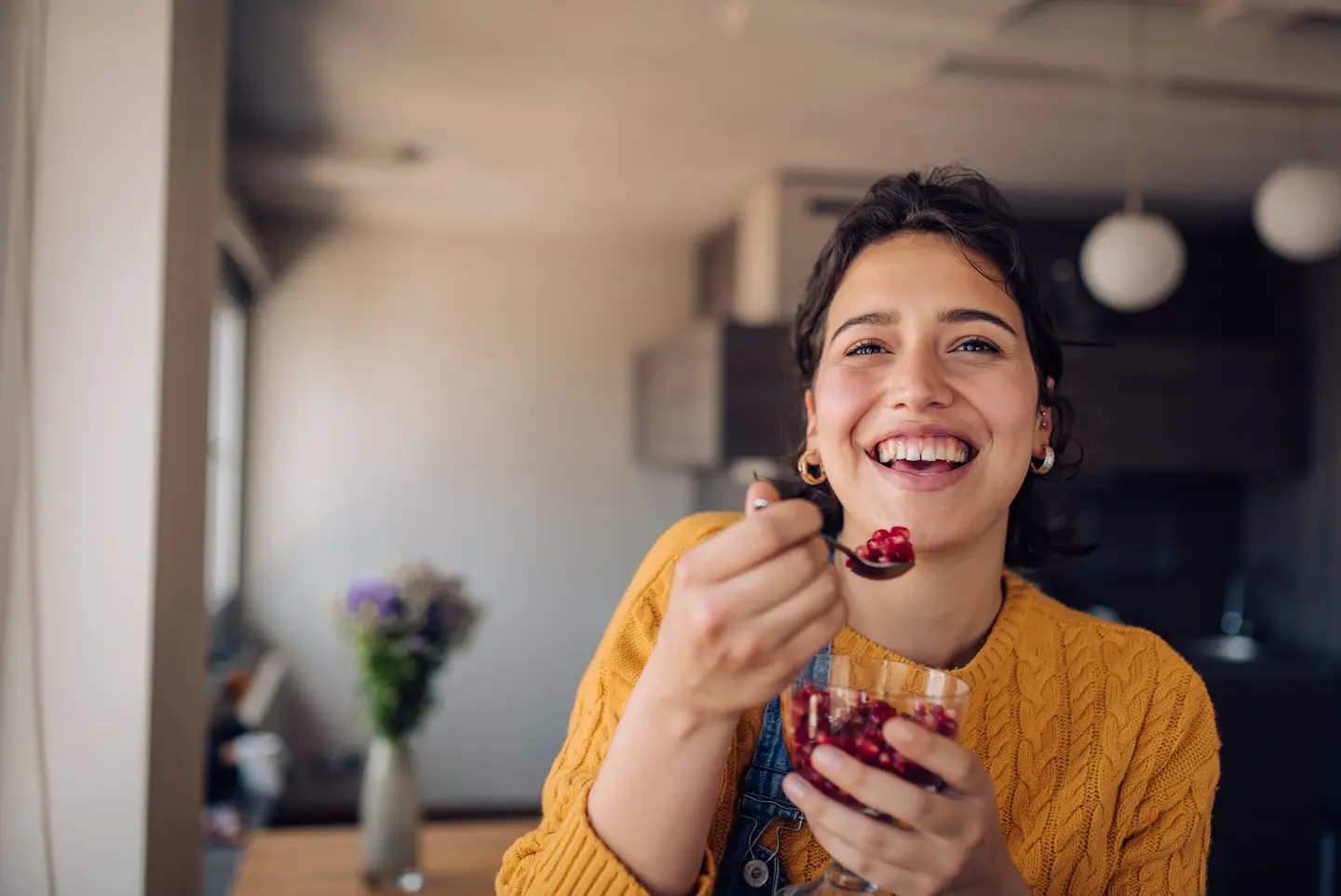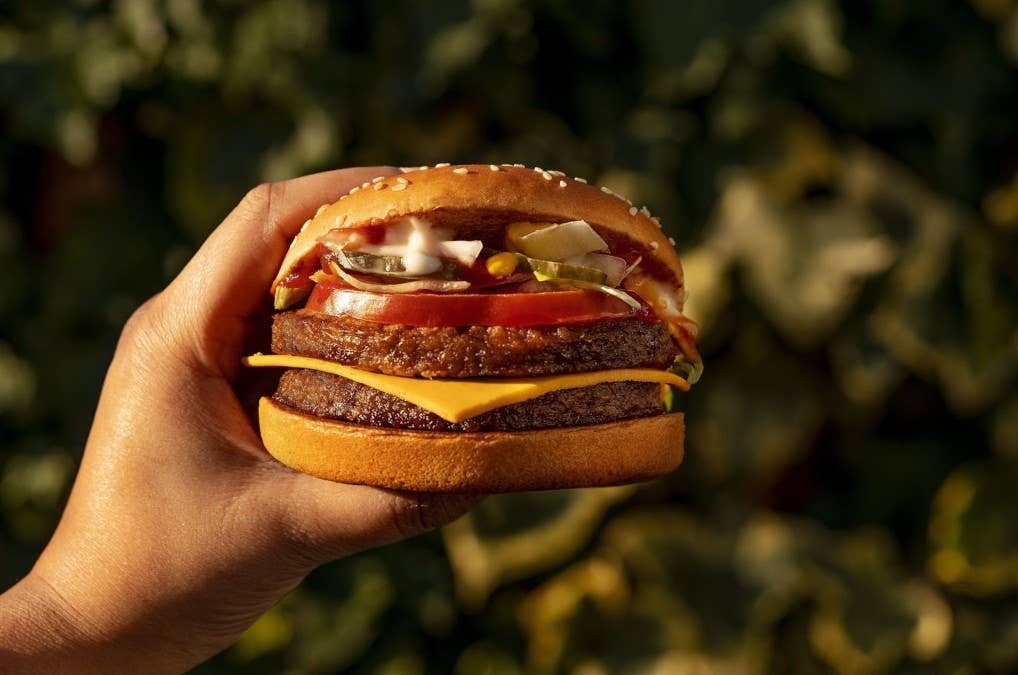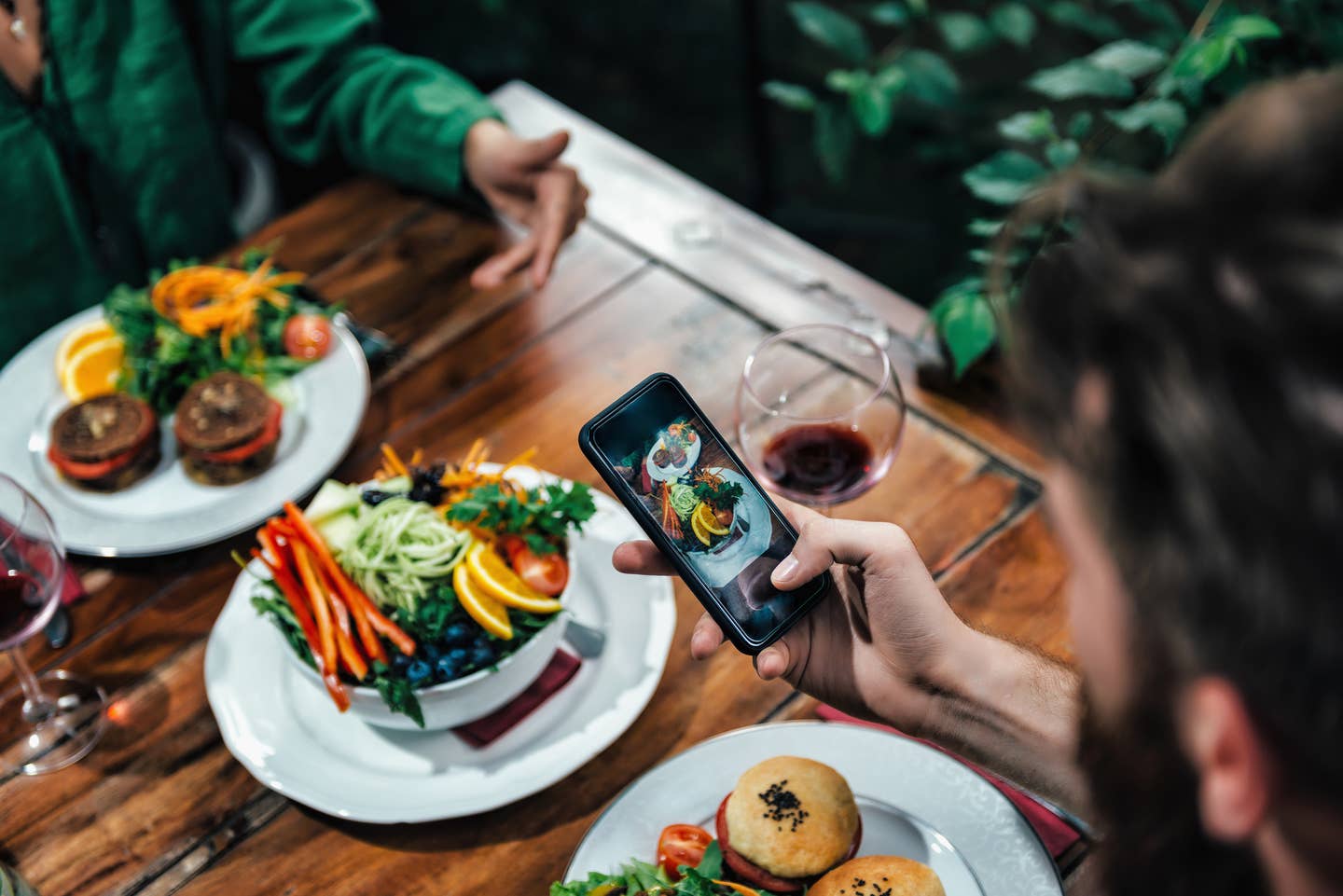
The Top Trends in Restaurants this Decade: Your Phone Eats First, and Vegans Get Respect
The New York Times asked people what they think the biggest trends of the past decade have been in the restaurant universe. Their list of trends is more interesting than most roundups. Called 8 Ways Restaurants Have Changed in the Past Decade, by Pete Wells, it covers everything you know but need perspective on, about how our food rituals have changed since 2010.
Wells Tweeted this: "OK all my Zeitgeist-surfing food media friends: What the hell WAS the past decade in restaurants all about? Sum it up so I don't have to write a 2000 word essay about it."
https://twitter.com/pete_wells/status/1203097479434186754?ref_src=twsrc%5Etfw%7Ctwcamp%5Etweetembed%7Ctwterm%5E1203097479434186754&ref_url=https%3A%2F%2Fwww.nytimes.com%2F2019%2F12%2F17%2Fdining%2Frestaurant-trends-pete-wells.html
The resounding answer was that Instagram changed how people communicate what they're eating, through visual boasts and confessions. The expression "Your phone eats first" has also changed the way chefs conceive of and present and plate their food masterpieces. The more visual, viral and liked, the better. This army of citizen food critics and publicists has changed food from a tasting experience to a visual one, full of envy and guilt and vicarious vacations and shared experiences of collective drooling.
The second biggest trend is that all plates have become small plates. What was once a dieter's strategy to eat less, be more mindful, take time between bites and savor every morsel, has now become a ubiquitous chic-fashion trend. Suddenly the world expects you to eat a tiny amount, feel full, enjoy the experience and be glad you can still fit into your sample size jeans, and never gain weight just for the sake of loving food?
So true foodies know that the larger the plate the less "high-end" the dining experience. For people like me, who are often hungry, eat too fast and break every rule of food appreciation (including eating with my fingers) this trend is anathema to my tactile "clean your plate" school of enjoying meals that are not just delicious and nutritious, but plentiful. Still, the trend is real and the crowd shows their examples of beautifully architected small portions in convincing style.
The third trend is the Revenge of the Vegans. This is the language the Times uses as if vegans need to get their respect back from those who derided them for not being foodies or sophisticated. The new language is "Plant-Based," which is being adopted the world over, as more food lovers want to enjoy the tastes of their favorite foods, made from plant-based products and not be compromising their health, the future of the planet, and the ethical treatment of animals.
https://twitter.com/kid_cubby/status/1203099015040004097?ref_src=twsrc%5Etfw%7Ctwcamp%5Etweetembed%7Ctwterm%5E1203099015040004097&ref_url=https%3A%2F%2Fwww.nytimes.com%2F2019%2F12%2F17%2Fdining%2Frestaurant-trends-pete-wells.html
There is a challenge on the table: For restaurants to offer meals that are vegan or plant-based and sophisticated, delicious, flavorful and a choice for anyone who decides to eschew meat and animal products that meal. You don't have to be a vegan to want to eat vegan, and as this trend mainstreams and the public chooses plant-based meals one, two, three times a day, restaurants are now offering it proudly, competitively, and luxuriously.
Quoting Wells' story here:
"Restaurants like ABCV in New York or Gjelina and Rustic Canyon in Los Angeles became avatars of this new style, which we learned to call “vegetable-forward.” Frequently this meant vegetarian or even vegan, but those words still frighten many carnivores, while “vegetable forward” doesn’t, for mysterious reasons. Then, at the tail end of the decade, another arrangement of words began to acquire mysterious powers: “plant-based.”
The luxury now is to go to a vegan restaurant with friends who are omnivores and have everyone eat happily. (As we did this week at The Beet, hosting our holiday party at JaJaJa Mexicana, where people kept asking, "this is vegan?" Since the dishes were so delicious and true to their traditional taste that no one could believe the cheese and meat were missing.)
Yet another luxury is to go to a non-vegan restaurant and not have your vegan friends need a sidebar consultation with the waiter to see if the chef can "make it vegan" by leaving off the cheese, not including butter, trading the chicken stock out for vegetable stock and ultimately just order a few sides. Now the restaurants of New York are leapfrogging over each other to create beautifully crafted vegan and plant-based dining experiences to compete with the growing crowd of diners who want to eat this way.
To quote Wells in the Times:
"While “vegetable-forward” sounds like an aesthetic choice, “plant-based” suggests a shift of resources that might do something to help fight climate change, which by the end of the decade many of us were in a state of barely controlled panic about. Plant-based burgers, formerly known as veggie burgers, were suddenly big business, with venture capital in the background and high-profile chefs like David Chang and Traci Des Jardins out in front, promoting the Impossible Burger at their restaurants."
For the whole list of trends, see the story here. We also love the trend toward food halls, since it brings us back to the day when food was social, fun and offered choices that made dining out more democratic. No more fights about whether I get to go vegan and my husband eat Japanese or another choice. At the Time Out food court in Southbeach, on a recent trip to Miami, we managed to do both! And sit outside.
Enjoy the list, and interactive writing, here.
More From The Beet

